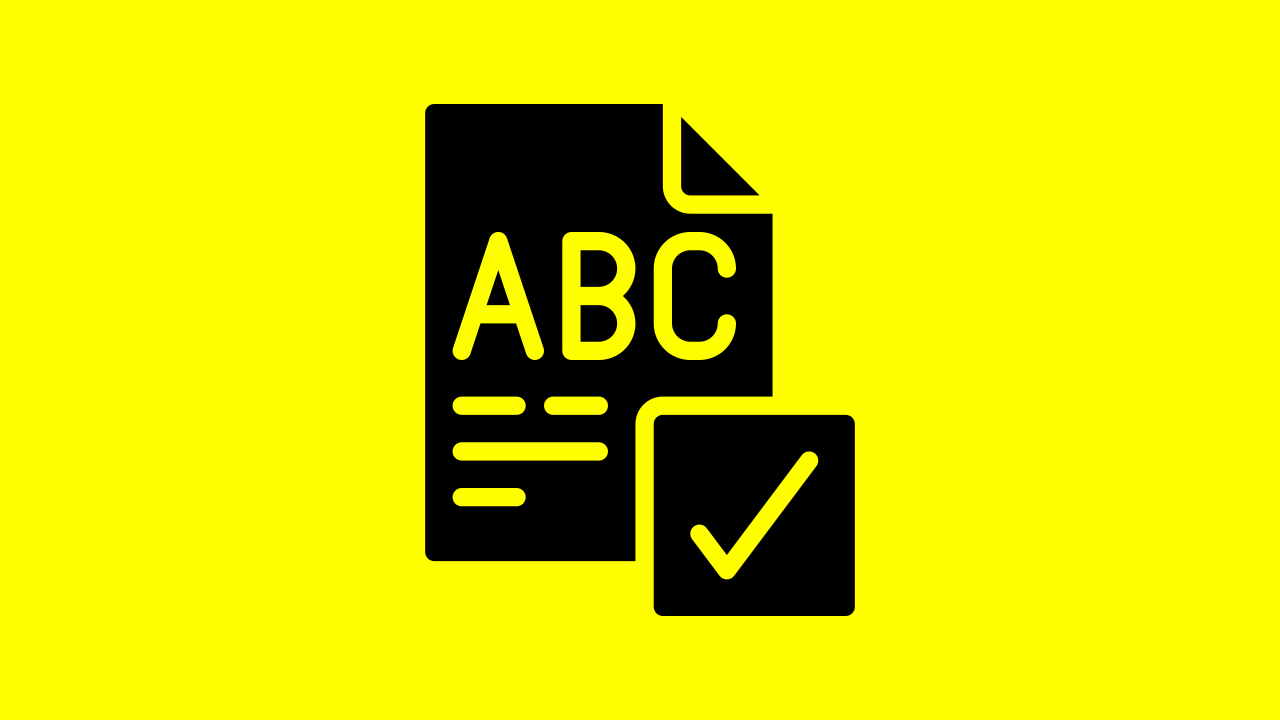TL;DR:
AI-powered writing tools like Grammarly and QuillBot help users quickly create clear, plagiarism-free content. While Grammarly dominates with $178M in revenue, competitors like QuillBot, WriteSonic, and WordTune offer growth potential, especially with an ARPU of $2–$5. The total market opportunity for writing tools targeting universities and SMBs is $222B/year.
The market lacks niche players, particularly in specialized areas like technical writing. There's also a need for more flexible solutions that use customizable templates to streamline repetitive tasks, offering a new avenue for innovation and growth.
Core Problem:
In the digital age, individuals and businesses often struggle with producing clear, grammatically correct, and plagiarism-free writing. Issues such as grammatical mistakes, unclear phrasing, inconsistent tone, and accidental plagiarism can lead to miscommunication, lost credibility, and time-consuming manual edits. With increasing content creation needs, manually proofreading and checking for plagiarism are inefficient and prone to errors.
Core Solution:
AI-powered writing assistants like Grammarly and QuillBot offer real-time grammar correction, tone adjustment, and plagiarism detection, enabling users to produce polished and original content quickly. These tools streamline the writing process by providing instant feedback on grammar, style, and originality, enhancing productivity and ensuring high-quality, plagiarism-free communication across various contexts.
Target Audience:
Freelancers: Individuals needing affordable, simple tools for content creation.
Small-to-Medium Businesses (SMBs): Marketing and content teams looking for cost-effective, efficient writing solutions.
Enterprises and Universities: Institutions looking for collaborative, secure, and scalable tools for large teams with features like plagiarism detection.
Key Providers:
Grammarly:
Users: 30 million
Annual Revenue: $178 million (confirmed)
Traffic: 62.2 million visits
QuillBot:
Users: 35 million
Estimated Annual Revenue: $11.95 million*
Traffic: 63 million visits
WriteSonic:
Users: 10 million
Estimated Annual Revenue: $1.67 million*
Traffic: 2 million visits
WordTune:
Users: 10 million
Estimated Annual Revenue: $3.17 million*
Traffic: 2.3 million visits
blaze.today:
Users: 500,000
Annual Revenue: $912,000*
Traffic: 7.4 million visits
(*Revenue estimates based on available data)
Market Overview:
Total Addressable Market (TAM)
The TAM for a product targeting both universities and SMBs worldwide includes all higher education institutions and small to medium-sized businesses that could potentially use the service.
Universities TAM: 220 million students globally x $100/year = $22 billion/year
SMBs TAM: 400 million SMBs globally x $500/year = $200 billion/year
Combined TAM: $222 billion/year
Serviceable Available Market (SAM)
The SAM focuses on regions where both universities and SMBs are most likely to adopt the product, such as North America, Europe, and parts of Asia.
Universities SAM: 150 million students x $100/year = $15 billion/year
SMBs SAM: 100 million SMBs x $500/year = $50 billion/year
Combined SAM: $65 billion/year
Serviceable Obtainable Market (SOM)
The SOM represents the realistic short-term market share that can be captured from both segments, assuming a 5% penetration rate for each.
Universities SOM: 7.5 million students x $100/year = $750 million/year
SMBs SOM: 5 million SMBs x $500/year = $2.5 billion/year
Combined SOM: $3.25 billion/year
This combined TAM, SAM, SOM provides a streamlined view of the market opportunity for targeting both universities and SMBs without overwhelming details.
Market Insight
The writing assistant market shows significant user adoption and varying revenue models. Grammarly has 30 million users and confirmed annual revenue of $178 million, along with 62.2 million visits. These metrics suggest Grammarly has a strong presence in the market.
QuillBot, with 35 million users and estimated revenue of $11.95 million, has similar traffic levels (63 million visits) but generates significantly less revenue than Grammarly. This indicates potential room for growth in its revenue model, despite a large user base.
Smaller competitors like WriteSonic and WordTune each have around 10 million users. WriteSonic’s estimated annual revenue is $1.67 million, and WordTune's is $3.17 million, with both seeing similar traffic (around 2-2.3 million visits). Their revenue and traffic data suggest that they may be serving smaller markets compared to larger players.
blaze.today has a relatively small user base of 500,000 and estimated revenue of $912,000, yet it generates 7.4 million visits. Despite the smaller user base, it sees notable traffic, indicating strong engagement or visibility.
Market Opportunity
The combined Total Addressable Market (TAM) for writing tools targeting universities and SMBs worldwide is estimated at $222 billion/year. The Serviceable Available Market (SAM) in key regions such as North America, Europe, and parts of Asia is estimated at $65 billion/year. The Serviceable Obtainable Market (SOM), or the realistic short-term market share, is estimated at $3.25 billion/year.
Key Takeaway
While Grammarly leads in terms of revenue and traffic, other players like QuillBot, WriteSonic, WordTune, and blaze.today show varying levels of user engagement and revenue generation. There are opportunities for growth, especially through improved monetization strategies or by targeting specific market segments like universities and SMBs.
Opportunities
The current market tends to favor a one-size-fits-all approach, with no significant niche players addressing specific writing needs. While general-purpose tools like Grammarly are highly effective, they may not excel at more specialized tasks, such as technical writing, where a targeted tool could perform better.
There’s also untapped potential for more flexible solutions that accelerate the writing process by allowing users to define templates tailored to their specific needs. For example, newsletters and reports often follow a consistent structure but use different content and data. A tool that enables easy customization and automation of such templates could greatly enhance productivity for repetitive tasks.
Before you go
I love diving deep into micro markets, but what really keeps me motivated is seeing new subscribers. If you’d like to get weekly updates, consider subscribing—it’s completely free!




